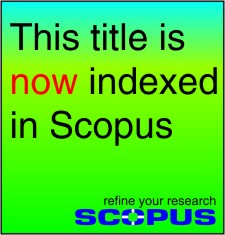Effect of Water Pollutant Rivers on Biochemical and Physiological Parameters in Local Geese in two Regions AL-Qurnah and Shatt-AL-Arab In
Basrah Governorate
Arwa H. M. AL-Saeed, Muna H. AL-Saeed
Pollutants play a key role in the development and distribution of aquatic creatures, and hormonal and haematological measures are the most widely used stress indicators for gauging the health of local geese. In this work, some physical and chemical parameters were estimated from 2 regions in Basrah province, from region of Al-Qurnah and the other region Shatt-AL-Arab district. An attempt has been made to investigate the stressors pollutant impact on haematological [Differential leucocyte count (DLC), White Blood Cell count (WBC), Haemoglobin (Hb), Red Blood cell count (RBCs) and Packed Cell Volume (PCV)] and hormonal (Estrogen,Progestron and Cortisol) and biochemical (glucose and profile of lipid) parameters of local geese. Physical and chemical variables were shown to significantly reduce RBC, Hb, PCV, and WBC counts when exposed to natural stresses. When inspected under a microscope, DLC showed a decrease in lymphocytes, monocytes, eosinophils, and basophils, and a rise in hetrophils and thrombocytes. A significant rise in levels of glucose and cortisol were estimated with (P ≤ 0.05). Also, local Geeses showed significant reduce in Hct, Hb and TEC under 6.05 mg/l of the phosphate, contrary to RBC-dependent parameters (RBC, Hb, and PCV). There was a notable rise in both glucose and cortisol levels and an increase in DLC and TLC, with rises in eosinophils, lymphocytes and monocytes and decreases in thrombocytes, basophils and hetrophils. Generally, local Geeses affected than regarded histopathological, biochemical and haematological examinations.
Keywords: Pollutant, Local Geese, Stress



